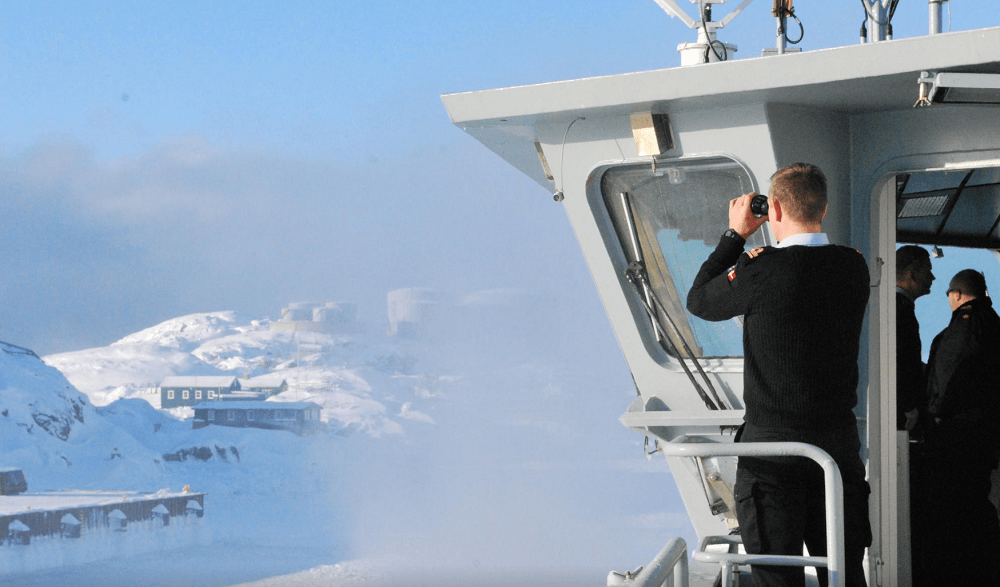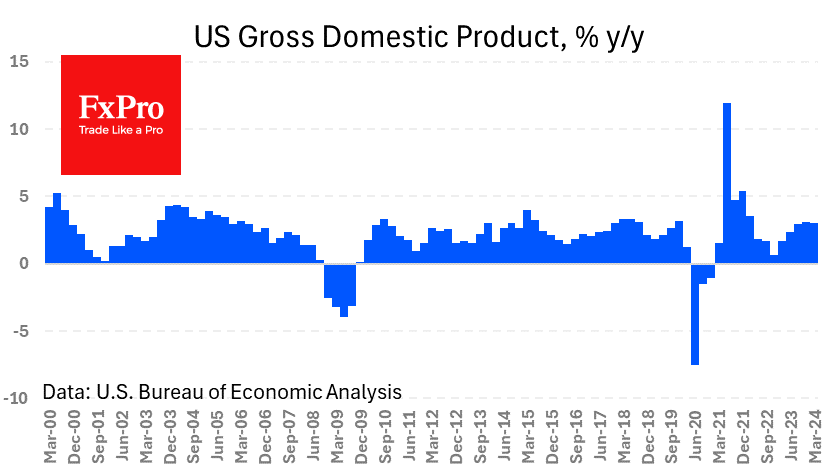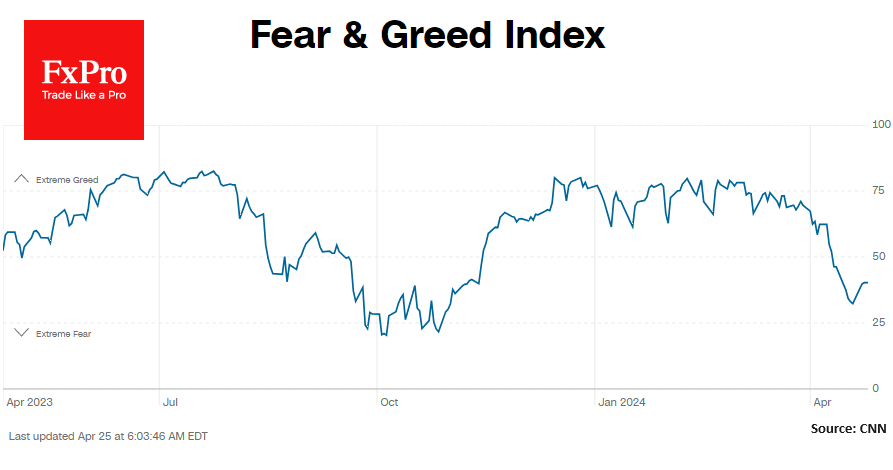As the Arctic’s attractions mount, Greenland is a security black hole
October 20, 2020 @ 11:11 +03:00
Both China and Russia have been making increasingly assertive moves in the Arctic, and after the U.S. Secretary of State Mike Pompeo last year said now is “America’s moment to stand up as an Arctic nation and for the Arctic’s future,” military activity is stepping up.
Greenland is a semi-autonomous part of the Kingdom of Denmark and Copenhagen runs the island’s defence through its Joint Arctic Command. On several occasions since 2006, foreign vessels have turned up unexpectedly or without the necessary protocols, in waters that NATO-member Denmark aims to defend, Greenland residents and military sources in Denmark and the United States told Reuters.
Copenhagen and its Arctic neighbours have tried in recent decades to keep the region what they call a “low tension” area. But each event underscores new challenges for Denmark and its allies. The main problem: It’s hard to see what’s going on there.
Greenland, which U.S. President Donald Trump offered unsuccessfully to buy from Copenhagen last year, is largely an ice sheet with a rocky coastline of 44,000 km (27,000 miles) – longer than the earth’s equator. It’s hidden by almost complete darkness in the winter months.
Beneath its rocks and ice are abundant resources of minerals and rare earth metals used in equipment from smartphones to electric vehicles and military jets, as well as uranium and potentially vast resources of oil and natural gas.
Greenland offers more than resources. The island, which is nearer to New York than New York is to Los Angeles, is also a strategic window onto space.
Located at Thule, the United States’ northernmost air base houses the 21st Space Wing’s network of sensors, which provides early missile warning and space surveillance and control. Thule is one of the few places in the world with access to satellites that orbit the poles, completing coverage of the globe which is essential for weather forecasting, search-and-rescue and climate research.
Danish Defence Minister Trine Bramsen told Reuters in a statement that Denmark wants to keep tension low in the Arctic, “but we must not be naive.” Russia is trying to limit the right to free navigation in international waters, she said; Denmark is taking steps towards strengthening the Armed Forces’ surveillance and presence there.
Moscow’s ambassador to Denmark, Vladimir Barbin, said talk of threats to freedom of navigation is a “made-up pretext” for naval exercises and Russia’s activities in the Arctic are peaceful. U.S. policy “accompanied by bellicose rhetoric, is creating a new reality and splitting Arctic states and could open (the) sluice gates for overspill of tension from the outside to the Arctic region,” he told Reuters in a statement.
The Danish government promised in 2019 to upgrade military spending in Greenland with a payment of 1.5 billion Danish crowns ($237 million) for surveillance. Denmark’s Bramsen said that was a “first step” and Copenhagen has yet to decide how to spend the money.
For now, Denmark has no satellites to monitor traffic around Greenland. In 2018, it started receiving a few satellite images a day from the European Union’s Maritime Safety Agency, but they aren’t always detailed enough for military purposes.
In 2016, a Russian vessel, Yantar, which the U.S. Navy has alleged transports submersibles that can sever and tap into cables miles beneath the ocean’s surface, anchored outside Nuuk, where a subsea communications cable lands that connects Iceland and America.
Foreign ships usually report their arrival using the international Automatic Identification System ship-tracking system. When analysing satellite images, the Joint Arctic Command often identifies what it calls “dark targets” – objects that look like ships but can’t be identified on the system.
As the Arctic’s attractions mount, Greenland is a security black hole, Reuters, Oct 20








